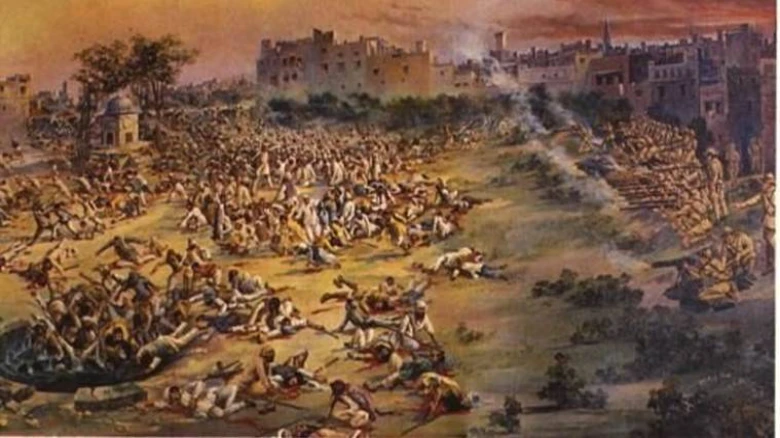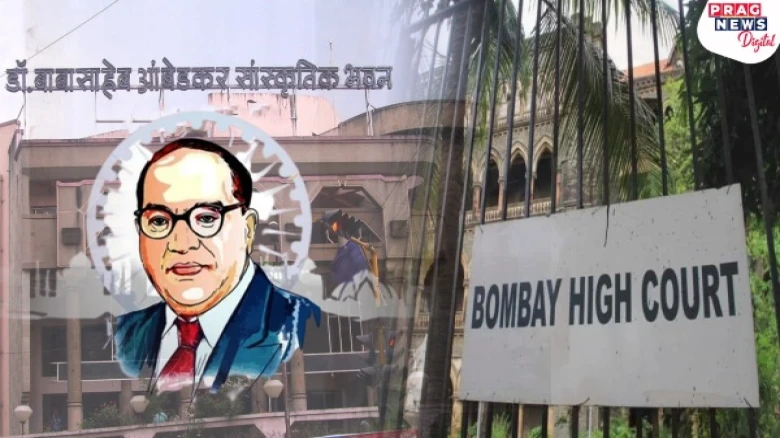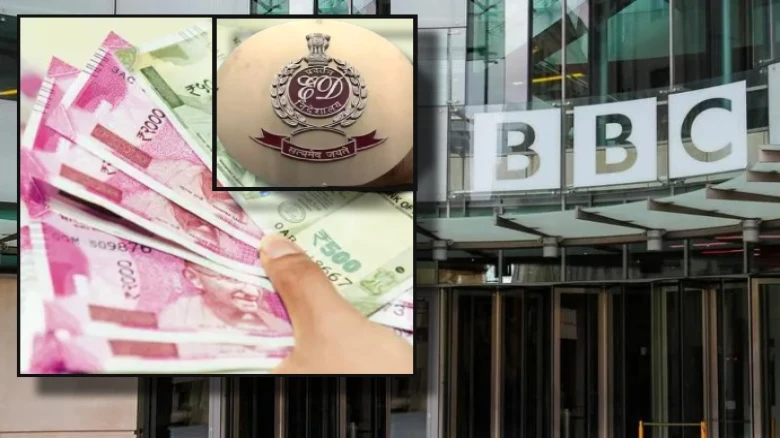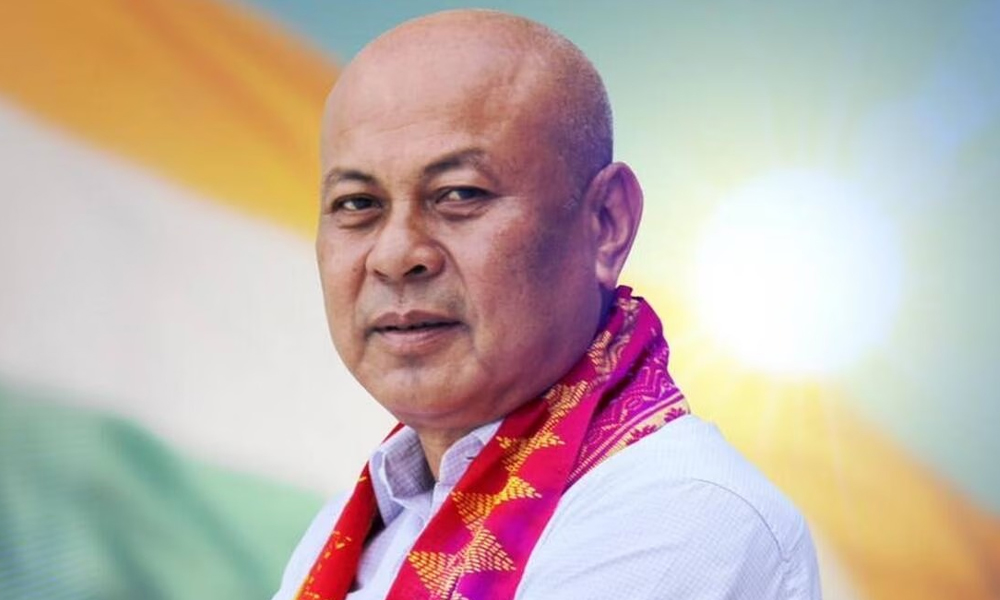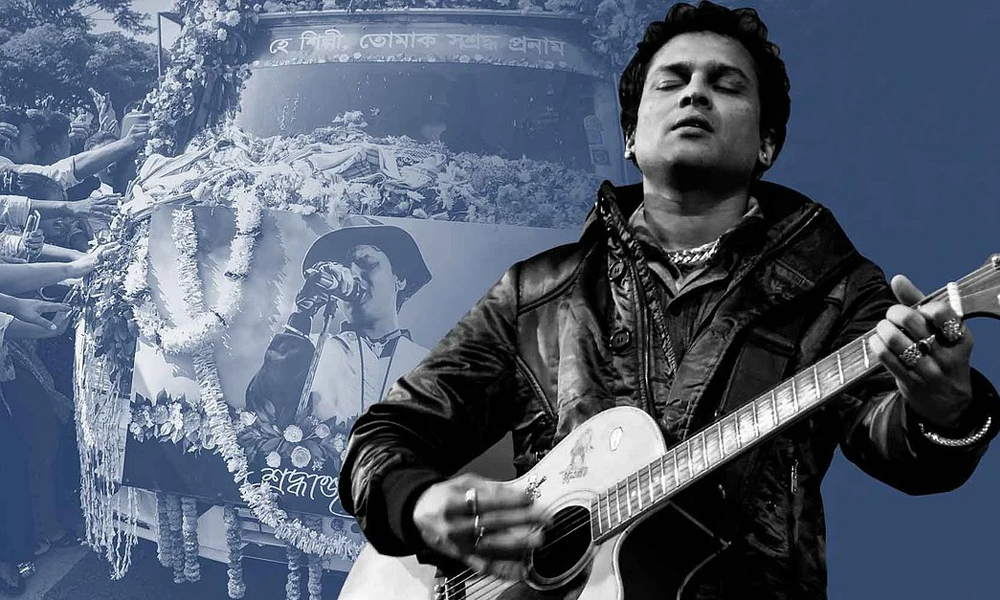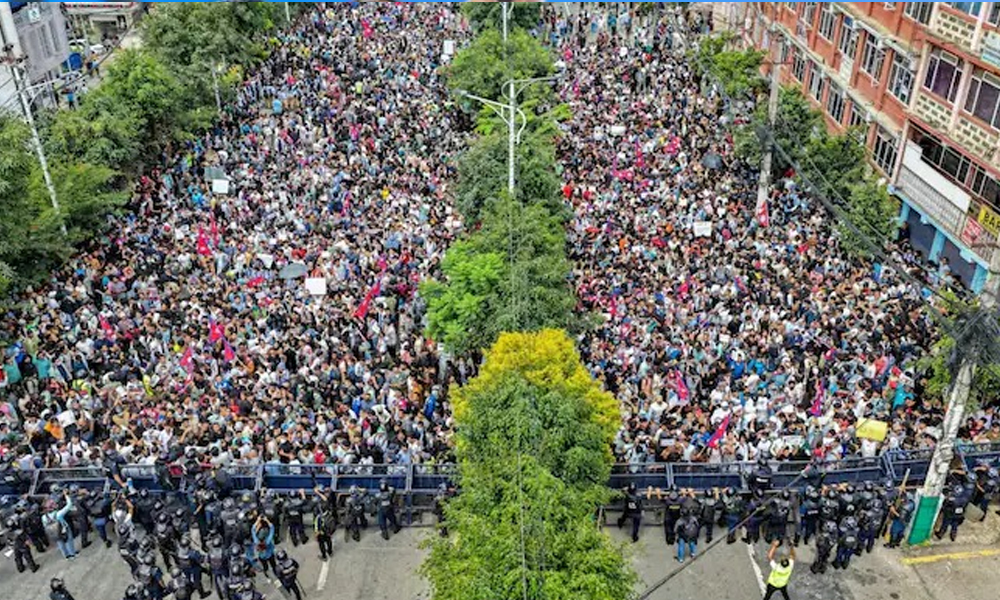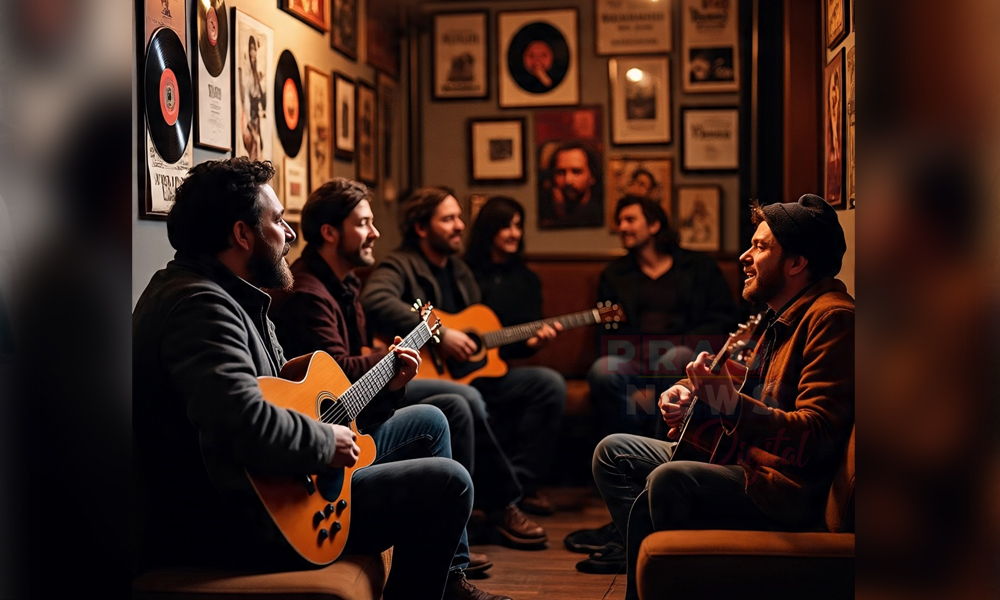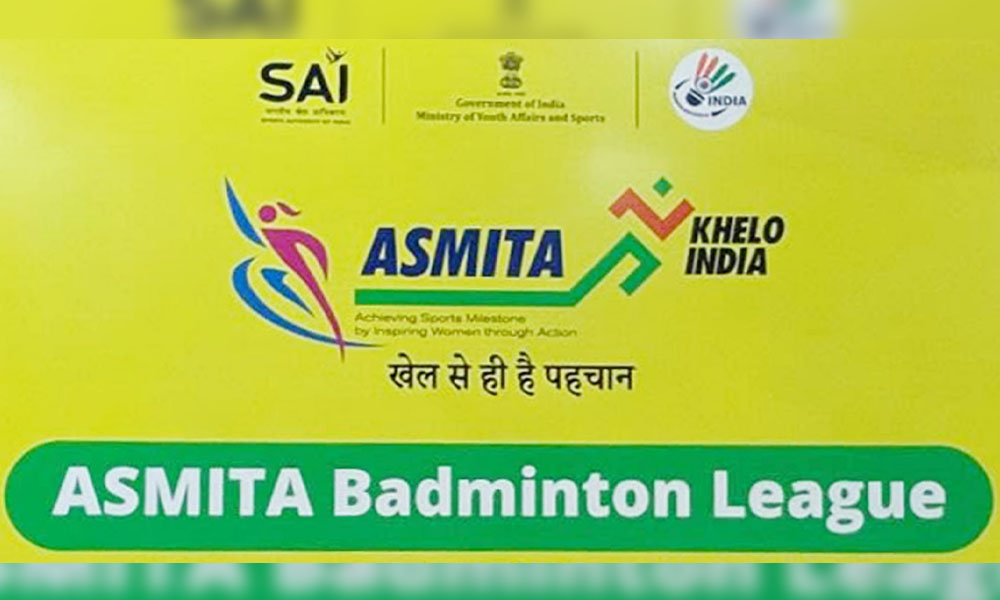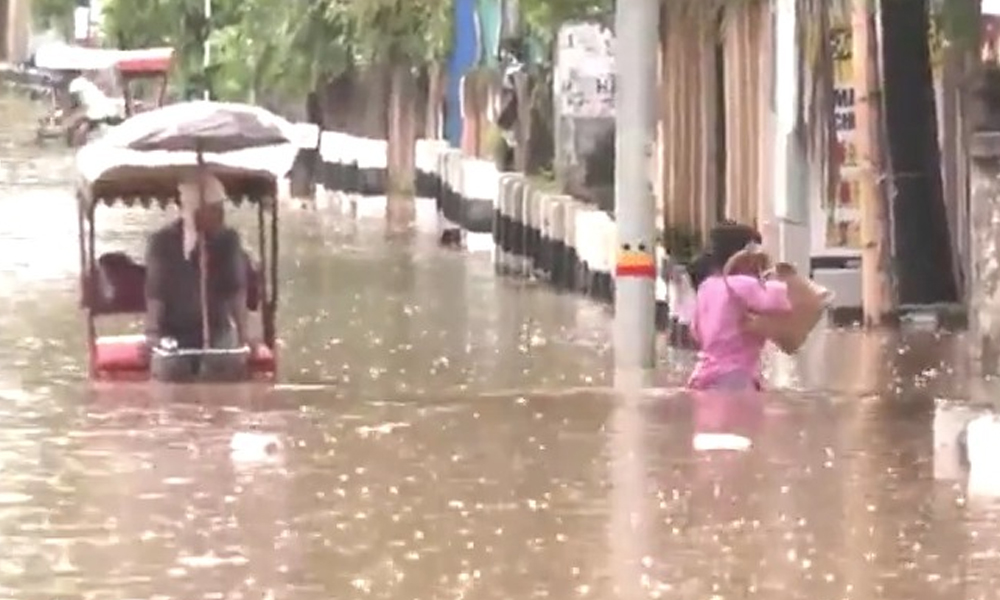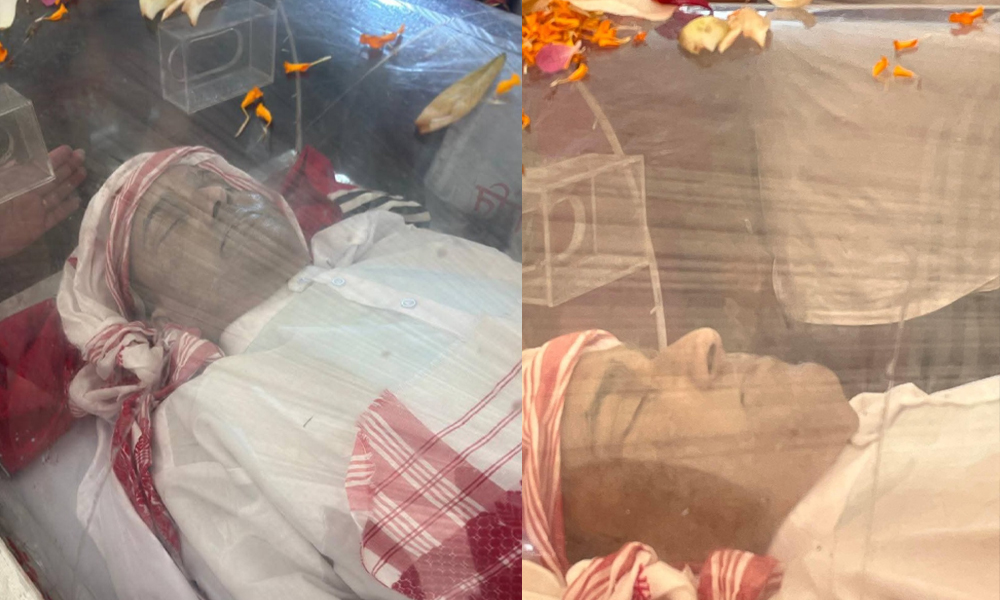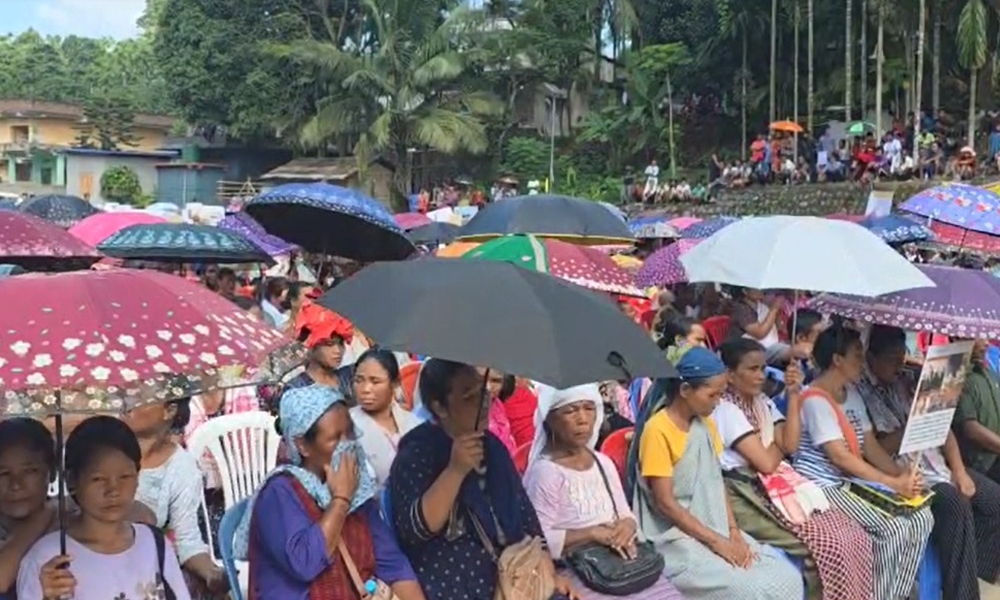The garden had only a few gates and was completely surrounded by walls on all sides. As British bullets rained down on them, some attempted to scale the walls, while others dove into the garden's well.
Digital Desk: On April 13, 1919, British troops opened fire on a mob of protesters assembled in Jallianwala Bagh. The shooting killed 379 people and injured 1,200 others. Under the command of infamous Brigadier-General Reginald Edward Harry Dyer, the British soldiers began fire. The episode became known as the "Jallianwala Bagh Massacre" and is considered one of the bloodiest atrocities in Indian history. The event is also regarded as the turning point in India's independence movement against the British.
On that fateful day, over ten thousand people gathered at Jallianwala Bagh to protest the Rowlatt Act, which allowed the British government to imprison anyone without a warrant, as well as the detention of two Indian freedom fighters, Satya Pal and Saifuddin Kitchlew.
According to sources, Brigadier-General Dyer ordered the troops to commence fire without warning. The garden had only a few gates and was completely surrounded by walls on all sides. As British bullets rained down on them, some attempted to scale the walls, while others dove into the garden's well.
Here are some of the things that happened in the aftermath of the catastrophe
- Brigadier-General Dyer was relieved of command and returned to Britain with a 26,000-pound gift. Dyer was dubbed the "Butcher of Amritsar" following this incident. He had been nominated for a CBE, but it was denied in 1920. He was also refused a promotion and forbidden from continued service in India. Dyer died in the year 1927.
- Noted Rabindranath Tagore, a Bengali poet, resigned as a "symbolic act of protest" from his British knighthood.
- During an address to the House of Commons on July 8, 1920, Winston Churchill, the then-Secretary of War, condemned the attack, calling it "monstrous."
- On March 13, 1940, Udham Singh, popularly known as "Shaheed," fatally shot Michael O'Dwyer in London's Caxton Hall. According to some, O'Dwyer was a key architect of the Amritsar raid and was the British Lieutenant-Governor of Punjab at the time of the massacre. Singh was hanged for the murder on July 31, 1940.
- On April 15, two days after the incident, a protest against the killings was staged in Gujranwala. This protest claimed the lives of 12 individuals.

